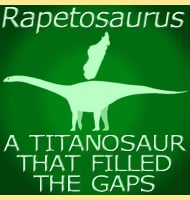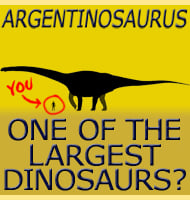Shenzhousaurus
In Depth Along with Sinornithomimus, Shenzhousaurus is one of the few ornithomimosaurs that are known to have had gastroliths inside their stomachs. This has led to the suggestion that Shenzhousaurus had a greater leaning towards a herbivorous diet since gastroliths are usually associated with herbivorous animals. However it is not unknown for some predatory animals … Read more

